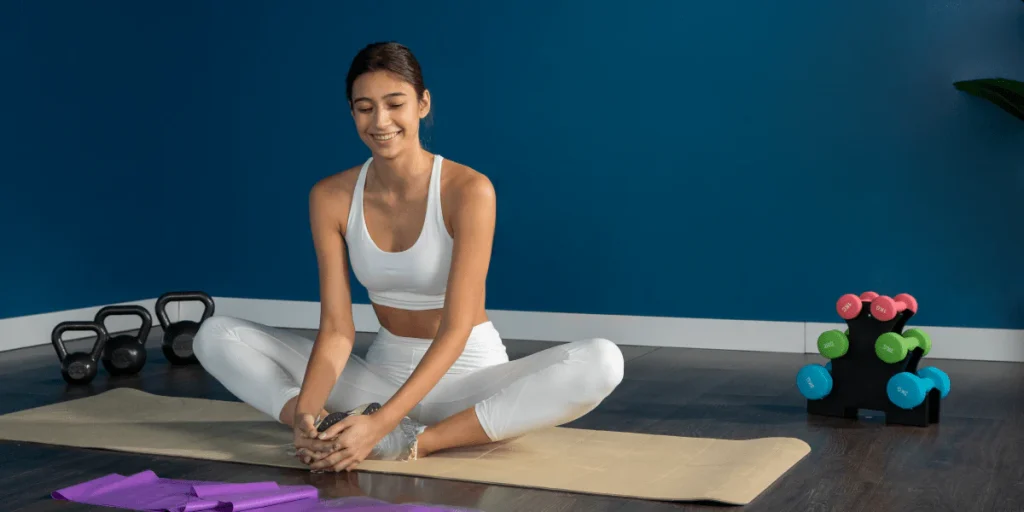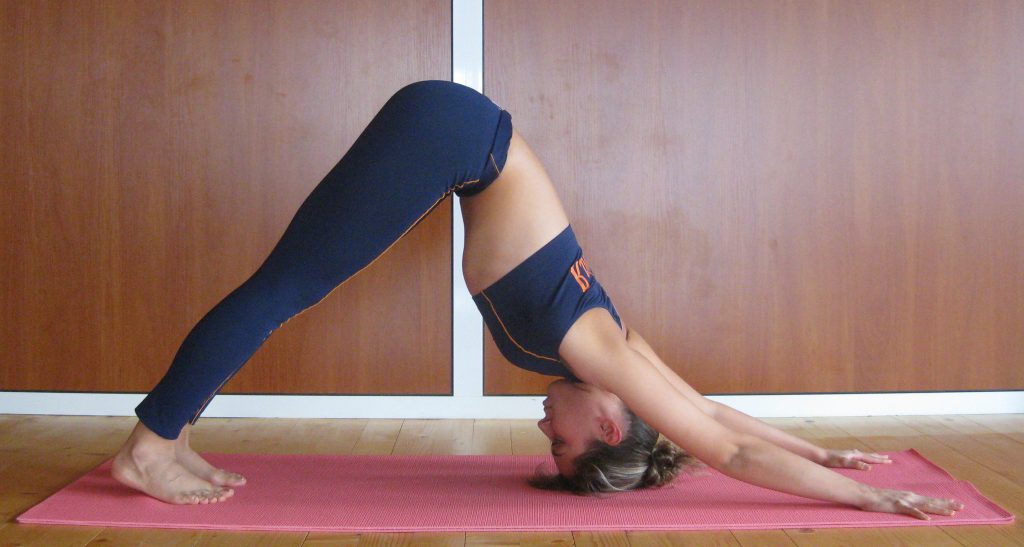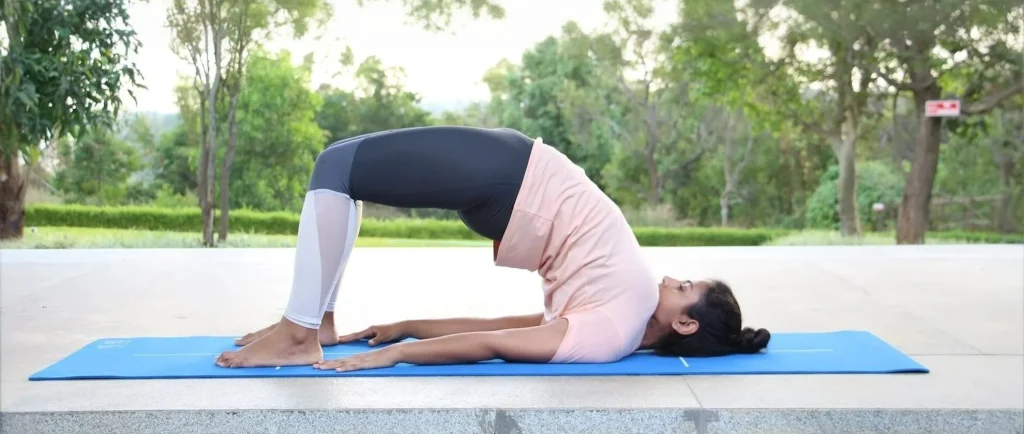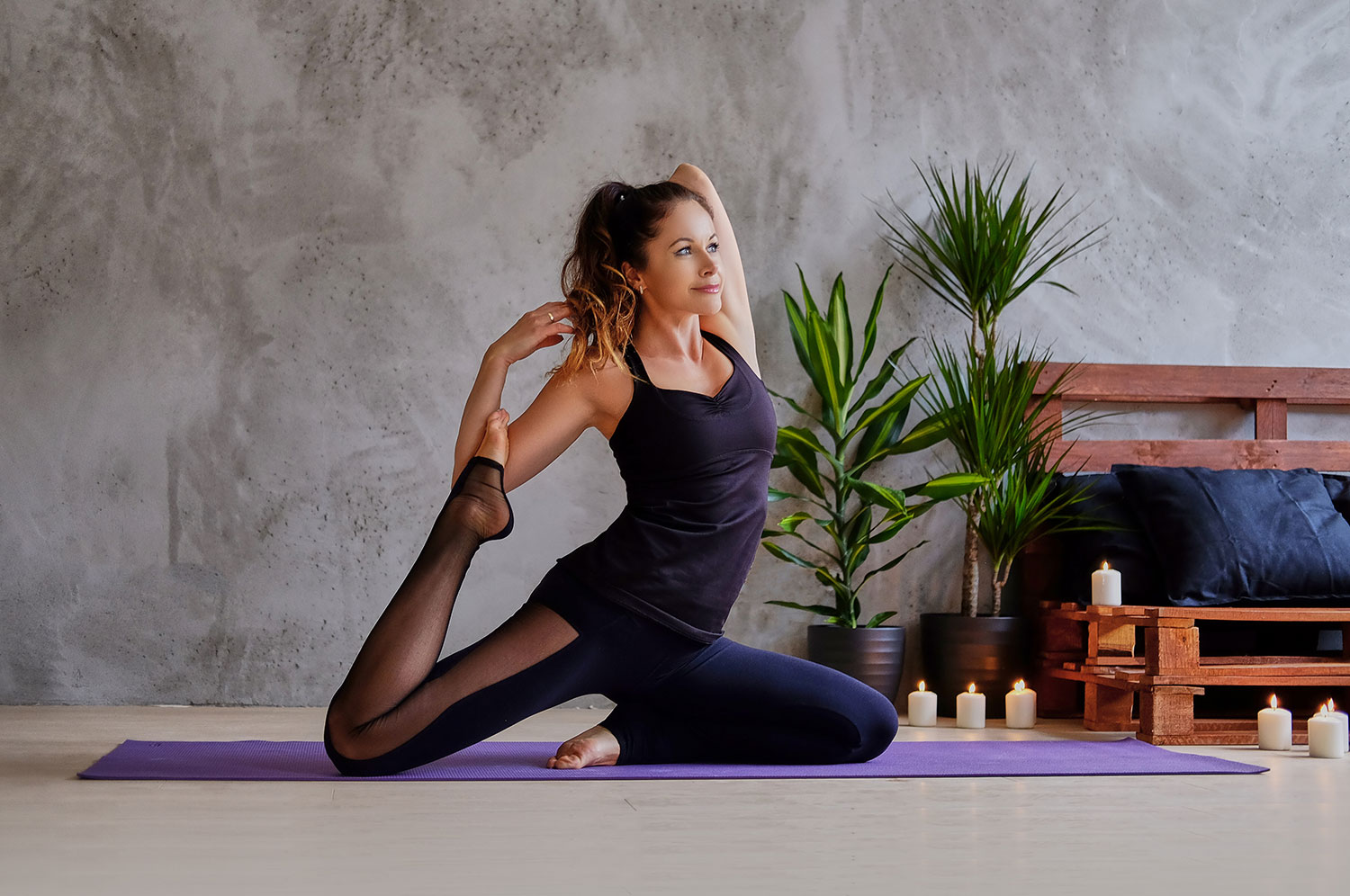Yoga has grown immensely popular over the past few decades, and for good reason. It combines physical postures, breathing exercises, and mindfulness to improve flexibility, strength, and mental clarity. For beginners, stepping onto a yoga mat can feel intimidating, especially with the many poses and variations available. However, starting yoga doesn’t have to be complicated. By focusing on a few fundamental poses, you can build confidence, improve your practice, and enjoy the many benefits yoga has to offer.
Why Beginners Should Start with Yoga

Yoga is more than just a workout—it’s a holistic practice that nurtures both the body and mind. For beginners, the benefits are immediate and long-lasting:
- Improves Flexibility: Many people underestimate how much tension they carry in their muscles. Yoga gently stretches the body, increasing flexibility over time.
- Builds Strength: Even simple poses engage multiple muscle groups, enhancing overall strength and balance.
- Reduces Stress: Yoga incorporates deep breathing and mindfulness, which can significantly reduce stress and anxiety.
- Promotes Better Posture: By strengthening core muscles and teaching awareness of body alignment, yoga can improve posture, which is particularly helpful for those with desk jobs.
Starting with beginner-friendly poses ensures you develop a strong foundation without risking injury.
Beginner-Friendly Yoga Poses
Here are some essential yoga poses to help beginners ease into their practice:
1. Mountain Pose (Tadasana)
Mountain Pose is the foundation for all standing poses. It may look simple, but it teaches proper alignment and balance.
- How to do it: Stand with your feet together, arms at your sides. Ground through your feet, engage your thighs, and lift your chest. Relax your shoulders and breathe deeply.
- Benefits: Improves posture, strengthens legs, and increases awareness of body alignment.
2. Downward-Facing Dog (Adho Mukha Svanasana)

This classic pose stretches the entire body and builds strength in the arms and legs.
- How to do it: Start on your hands and knees. Lift your hips toward the ceiling, forming an inverted V shape. Keep your hands shoulder-width apart and feet hip-width apart. Relax your neck and gaze toward your navel or thighs.
- Benefits: Stretches hamstrings, calves, and shoulders, while strengthening arms and core.
3. Child’s Pose (Balasana)
Child’s Pose is a gentle resting pose that can be used to relax between more challenging poses.
- How to do it: Kneel on the floor, touch your big toes together, and sit back on your heels. Fold forward, extending your arms in front of you or alongside your body. Rest your forehead on the mat.
- Benefits: Calms the mind, stretches the back, hips, and thighs, and relieves tension.
4. Cat-Cow Pose (Marjaryasana-Bitilasana)
This flowing movement warms up the spine and encourages mobility.
- How to do it: Begin on hands and knees with a neutral spine. Inhale, arch your back, and lift your tailbone and head (Cow Pose). Exhale, round your spine, tucking your chin to your chest (Cat Pose). Repeat several times.
- Benefits: Increases spinal flexibility, stretches back and neck muscles, and improves circulation.
5. Warrior I (Virabhadrasana I)
Warrior I is a strong standing pose that builds stamina and confidence.
- How to do it: Step one foot back, keeping the front knee bent and the back leg straight. Square your hips forward and lift your arms overhead. Gaze forward or slightly upward.
- Benefits: Strengthens legs, opens hips and chest, and enhances focus and stability.
6. Bridge Pose (Setu Bandhasana)

Bridge Pose strengthens the back and glutes while gently stretching the chest and spine.
- How to do it: Lie on your back with knees bent and feet hip-width apart. Press into your feet, lift your hips toward the ceiling, and clasp your hands under your back. Keep your shoulders grounded.
- Benefits: Strengthens the lower back, glutes, and legs, and stretches the chest, neck, and spine.
7. Corpse Pose (Savasana)
Savasana is often overlooked but is one of the most important poses for relaxation and meditation.
- How to do it: Lie flat on your back, arms relaxed at your sides, palms facing up. Close your eyes and focus on deep breathing, allowing your body to fully relax.
- Benefits: Reduces stress, promotes deep relaxation, and helps the body integrate the benefits of practice.
Tips for Beginners
- Start Slow: Begin with short sessions (15–20 minutes) and gradually increase duration as you build strength and flexibility.
- Use Props: Blocks, straps, or cushions can help modify poses and prevent strain.
- Focus on Breath: Breathing deeply enhances relaxation and improves your yoga practice.
- Be Consistent: Practicing regularly, even a few minutes a day, is more effective than occasional long sessions.
- Listen to Your Body: Avoid pushing too hard—yoga is about progress, not perfection.
Conclusion
Yoga offers countless physical, mental, and emotional benefits, making it an excellent practice for beginners. By starting with foundational poses like Mountain Pose, Downward-Facing Dog, Child’s Pose, and Warrior I, you can build strength, flexibility, and confidence. Remember, yoga is a personal journey—progress comes with patience, consistency, and mindfulness. With each practice, you’ll find yourself not only growing stronger and more flexible but also calmer, more centered, and more connected to your body and mind.

